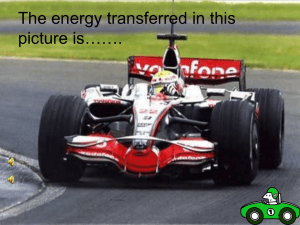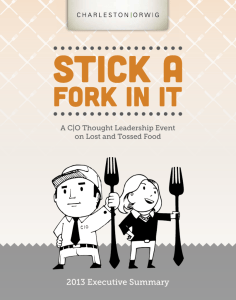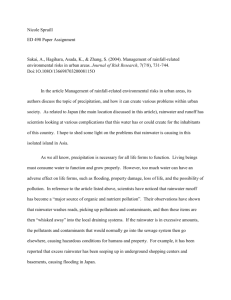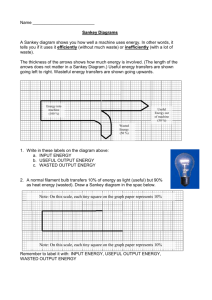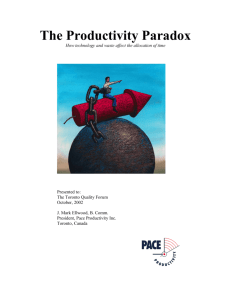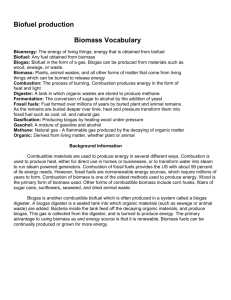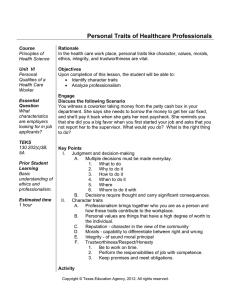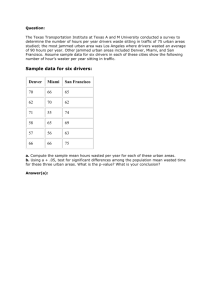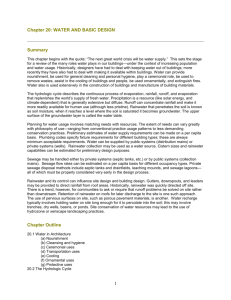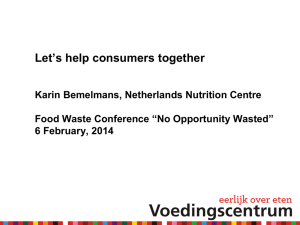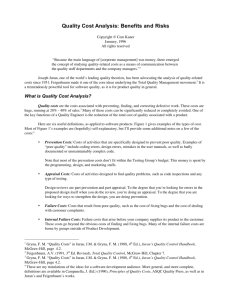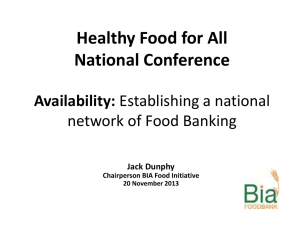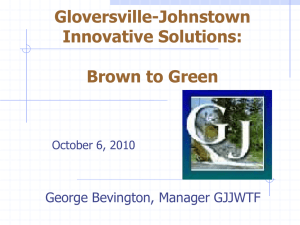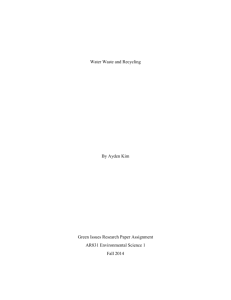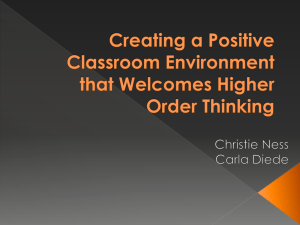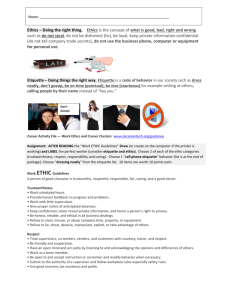Adapting Technologies
advertisement
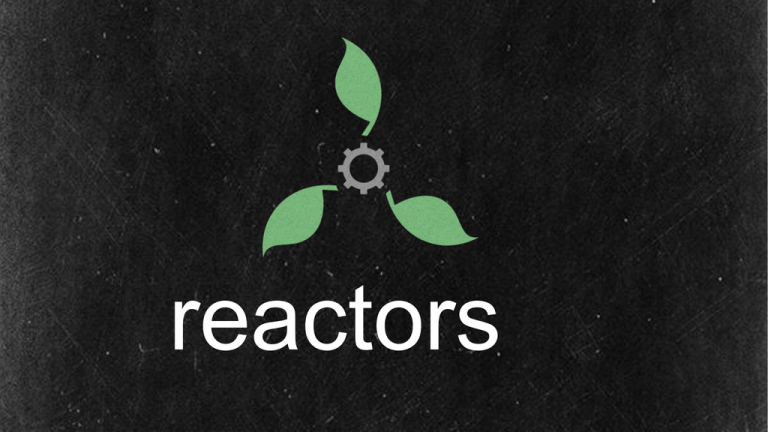
reactors The Team Hazhari Leader Video Producer Denise Powerpoint Producer Photoshopper Abhishek Researcher Video Producer BeiAn Data Analyst Script Writer Energy Conversion Process Heat Light Water Energy Conversion Process Wasted Energy Energy Conversion Process Wasted Energy Our goal Adapting technologies for a waste free environment Survey Results A total of 20 People studying in the hostels were polled regarding their habits and lifestyles The many uses of the kitchen sink Frequency of Bathroom sink Usage 14% 37% 18% 20% 80% 31% Washing Food Others No Brushing Teeth Washing Cutleries Yes Estimated amounts of Organic Waste Sleeping With Aircon 5% 20% 35% 25% 15% 65% 35% 0% 20% 10% More than 20% 2 Times 3 Times More Than 3 Temperature Settings 6% 50% 19% 25% 21 Degrees 23 Degrees 24 Degrees More Than 25 Degrees What we Learnt Average of 12.4 kw/day of air con usage in homes. (Panasonic CS-S12NKZW Econavi). 48 liters of grey water being wasted per day per apartment.. (based on the 2 liter flow rate provided by PUB.) In all applications, there will always be a percentage of energy that is always wasted. We decided against focusing our project on changing people’s habits but rather adapting technologies to reduce wastage from everyday habits or lifestyle. Adapting Technologies Areas identified Waste Heat Waste Food Waste Water Precedents Senoko power plant COMBINED CYCLE PLANT ~Conventional Gas Turbine Thermal Efficiency: 25~30% -Combined Cycle plant efficiency- 40- 50%. Biogas Digester Rainwater and greywater harvesting Eco Architecture merge with farming Solaris Building at Fusionopolis Artichoke Café In Bugis Proposed Solutions Microturbines Sledges to be inserted on HDB walls to collect rainwater which will drip into the pipe. Rainwater falls through pipes, turning microturbines in the process As it flows downwards due to gravity, it will turn turbines to generate electricity to power lights. After which this water would flow into a storage container to be used for ie drip water irrigation. Biofuel Digester Students will throw their waste after eating Organic methane • Implemented in the kitchen • Will be roughly the size of a dustbin. When connected to the gas stove, it could be used for cooking purposes, eliminating the need for electricity. Organic Food Waste Catalytic Decomposition to produce methane Timeline Feedback Having people use them and getting back feedback for the design of our products Prototyping Creating site models and prototypes Brainstorming to come up with viable ideas Experimentation Interacting with our prototypes and observations. Improvisation Looking at the flaws of our design and coming up with ways to improve them Checklist to combine everything for a HDB flat What are some of the parts in each idea that is compatible with one another? How would electricity be harnessed from the biogas generators? What are the materials we can use to make it as cost efficient as possible? What are the different ways in which we can channel the generated energy? Thank you Proudly Brought to you by The Reactors
